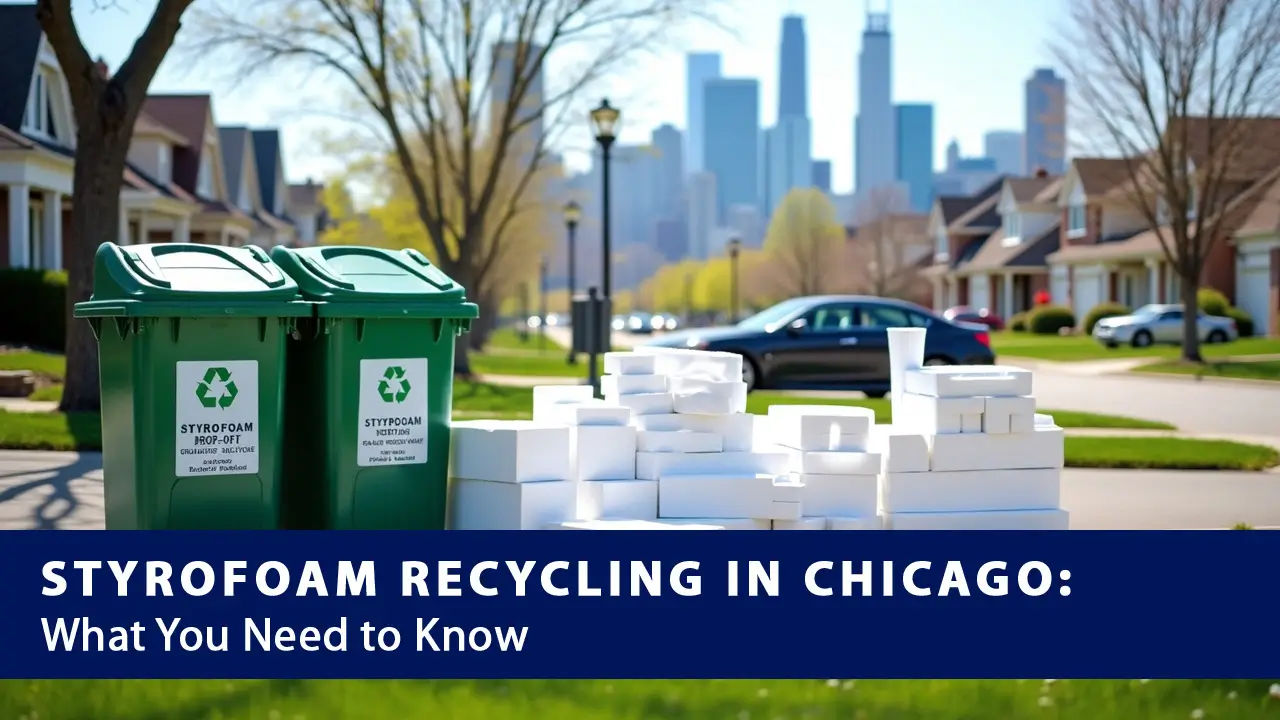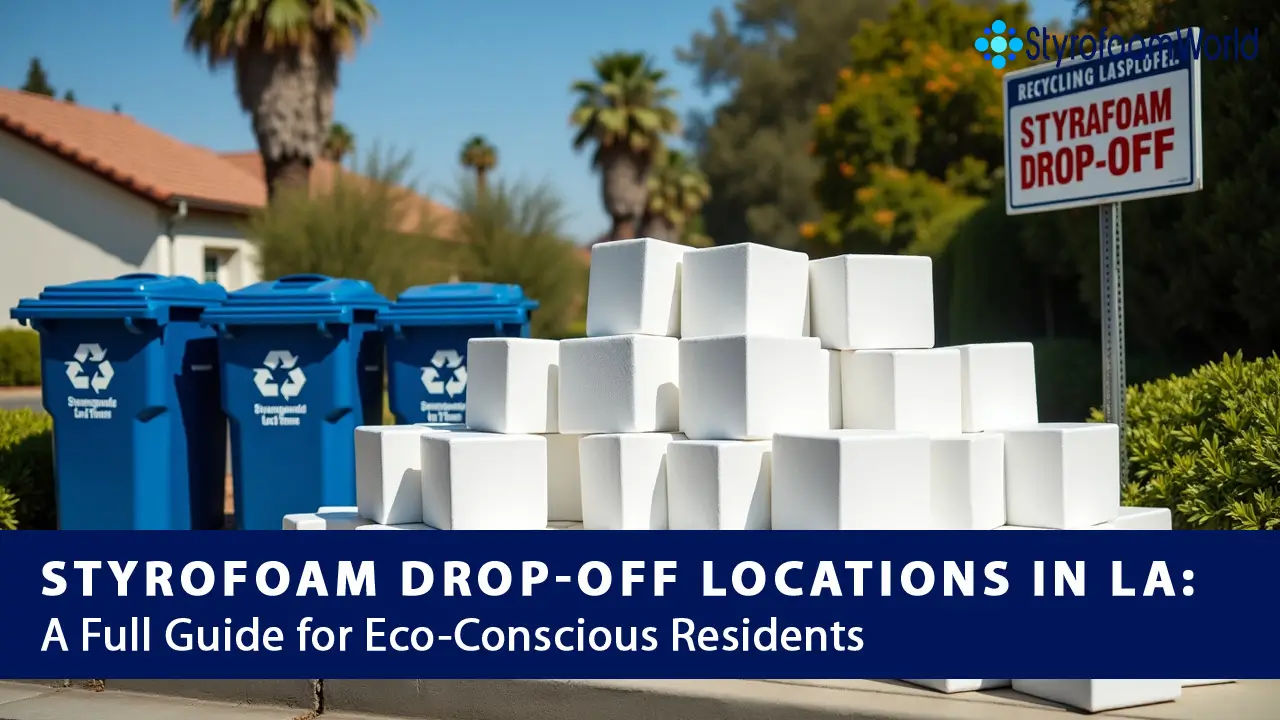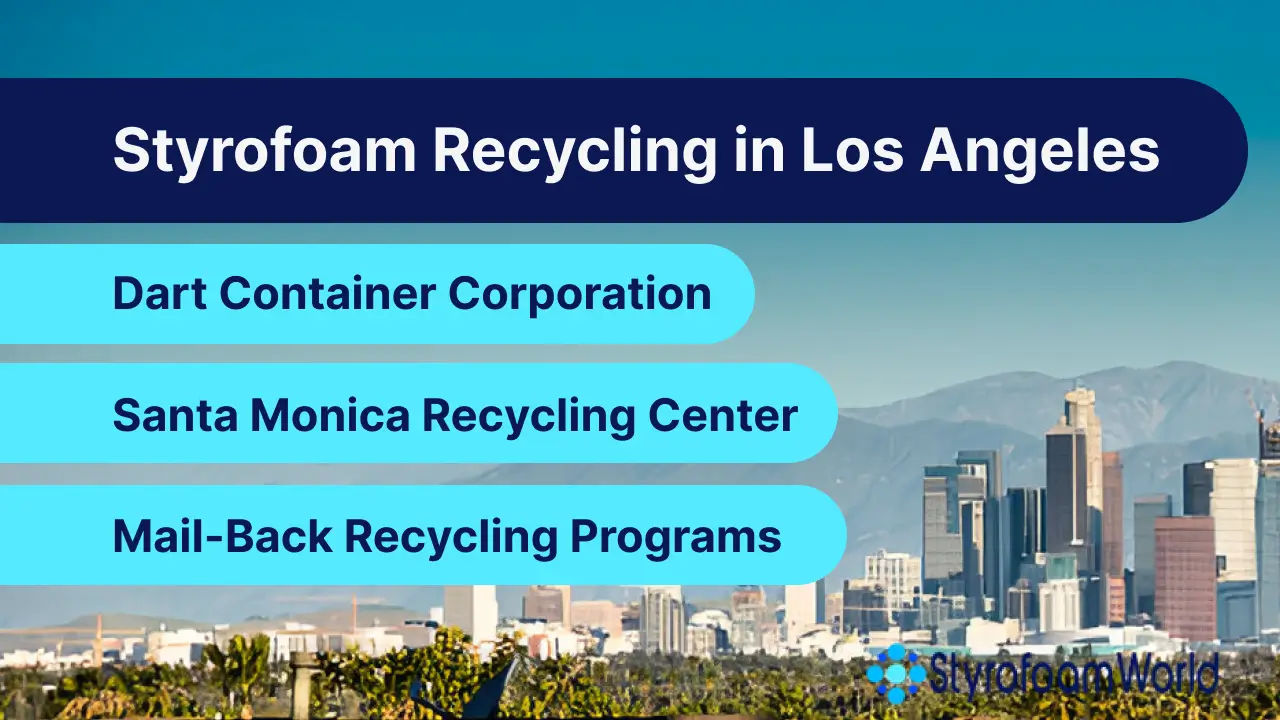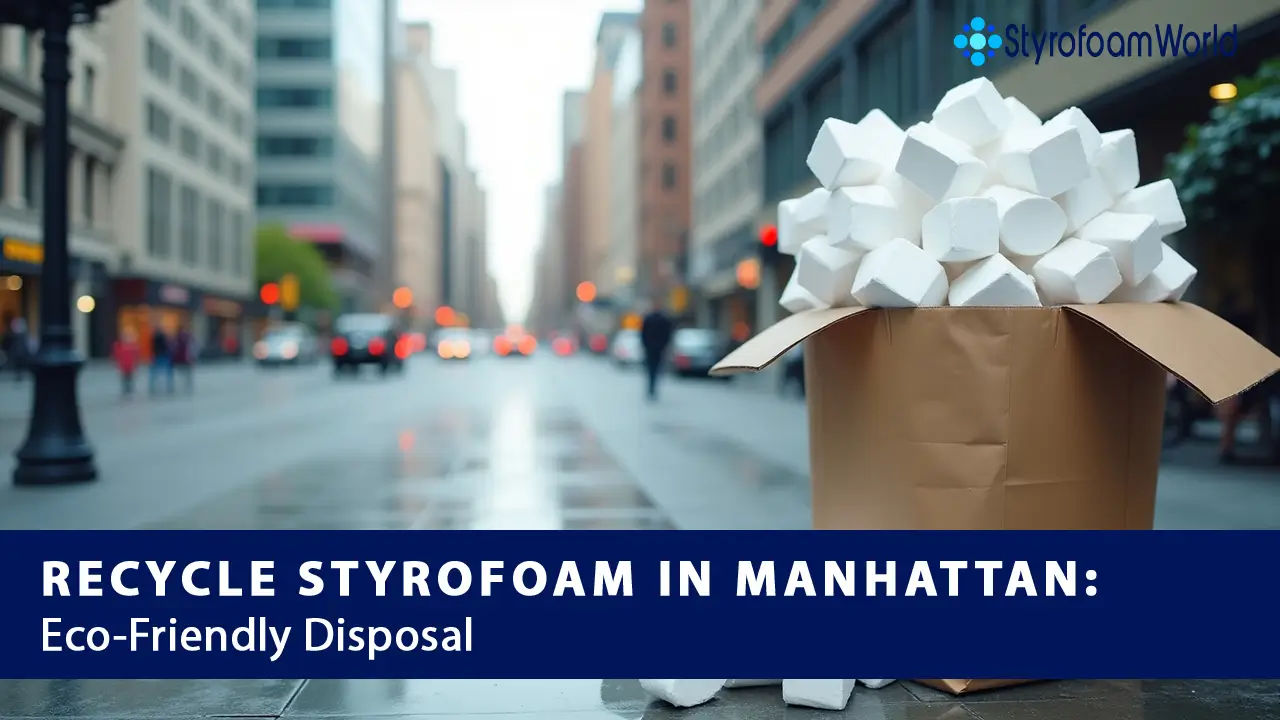Why Styrofoam Shines as a Heat Insulator
The Science Behind Styrofoam's Remarkable Heat-Resisting Abilities

© by pexels.com
If you've ever wondered why Styrofoam is the go-to choice for keeping your hot beverages hot and your cold drinks cold, you're about to embark on a journey into the fascinating world of heat insulation. Beyond its familiar presence in packaging and coffee cups, Styrofoam, technically known as expanded polystyrene (EPS), possesses extraordinary thermal insulation capabilities. Let's explore the science that makes Styrofoam a top-notch heat insulator and its myriad practical applications.
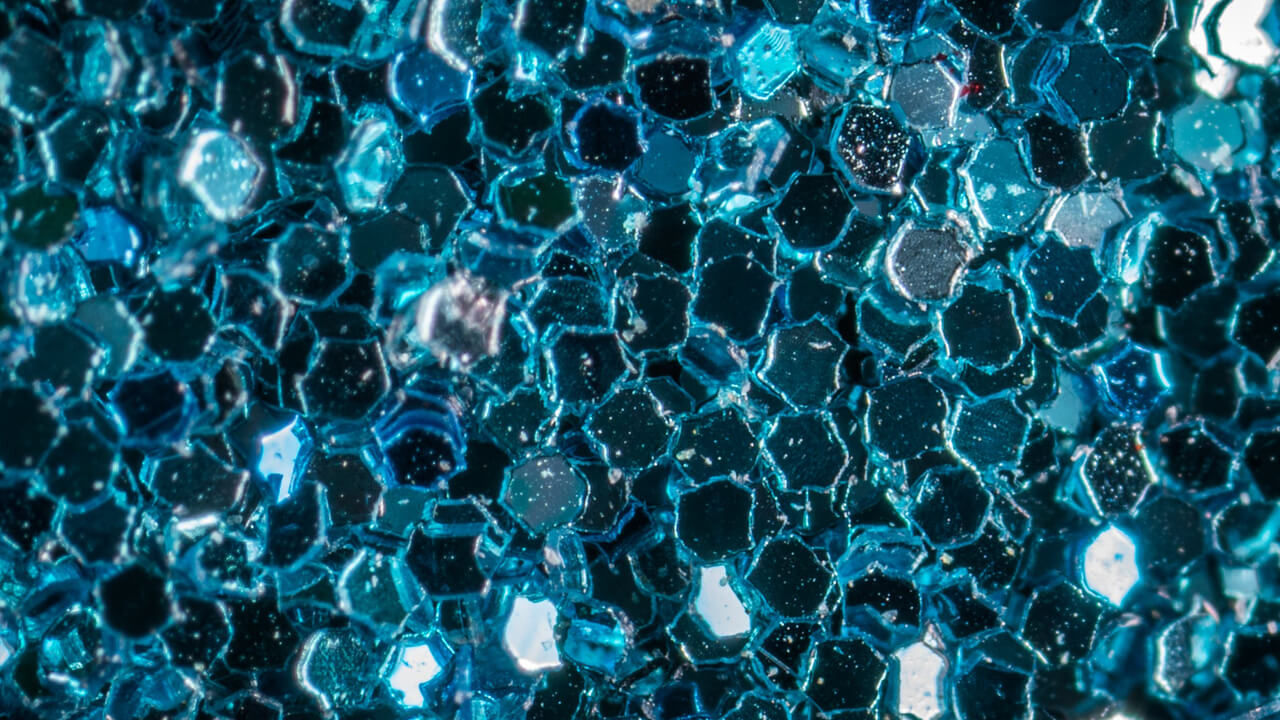
© by pexels.com
The Magic of Styrofoam's Insulation Power
Styrofoam's ability to insulate against heat can be traced back to its unique structure. Comprising about 95% air, trapped within a matrix of interconnected polystyrene beads, Styrofoam forms a heat-resistant fortress. The key factors contributing to Styrofoam's prowess as a heat insulator include:
- 1 - Air Pockets: Styrofoam is comprised mainly of air pockets. Air is a poor conductor of heat, and these pockets act as barriers that prevent the transfer of thermal energy.
- 2 - Low Thermal Conductivity: Polystyrene, the material of which Styrofoam is made, has low thermal conductivity. This means it resists the flow of heat.
- 3 - Closed-Cell Structure: Styrofoam is a closed-cell foam, which means its cells are sealed off from each other. This minimizes heat transfer through convection.
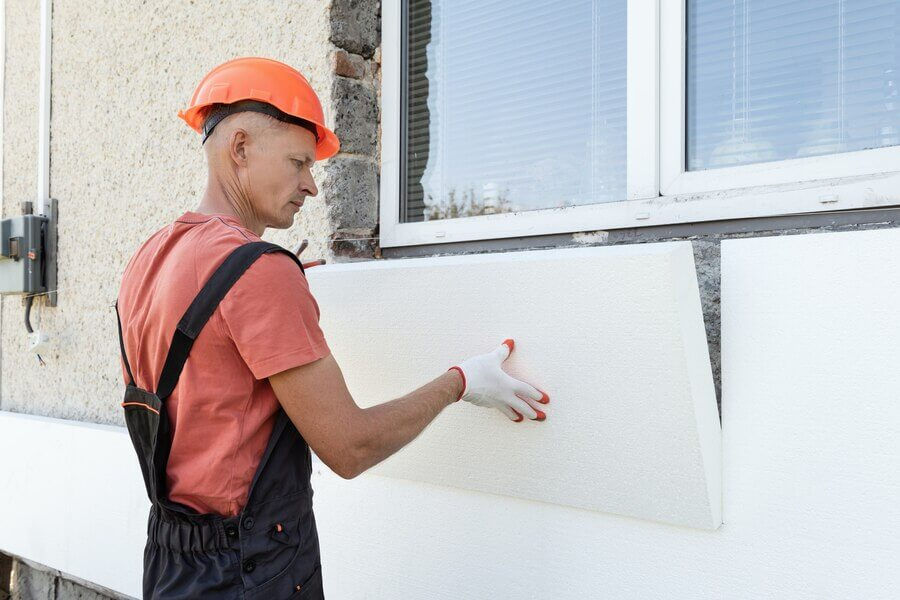
© by freepik.com
Practical Applications of Styrofoam Insulation
Styrofoam's impressive heat insulation properties find an array of practical applications, including:
- 1 - Enhancing Comfort in Building Insulation: Styrofoam boards are a preferred choice for insulating walls, roofs, and floors in both residential and commercial structures. Their impact extends beyond temperature control, enhancing overall indoor comfort and reducing energy consumption.
- 2 - Styrofoam: Safeguarding Shipments with Ease: Styrofoam's lightweight nature and exceptional heat insulation properties make it the ideal solution for protecting temperature-sensitive items during shipping, safeguarding them from external temperature fluctuations.
- 3 - Styrofoam Cups and Containers: The Temperature Masters: Styrofoam cups and food containers excel in maintaining the ideal temperature of your beverages and meals, whether hot or cold. They're designed for your comfort, keeping the heat inside where it belongs.
- 4 - Unleashing Creativity with Styrofoam: Beyond its traditional industrial and commercial applications, Styrofoam sheets and blocks have become a beloved choice for DIY enthusiasts and model builders. They harness Styrofoam's insulating qualities to create imaginative and functional art pieces.
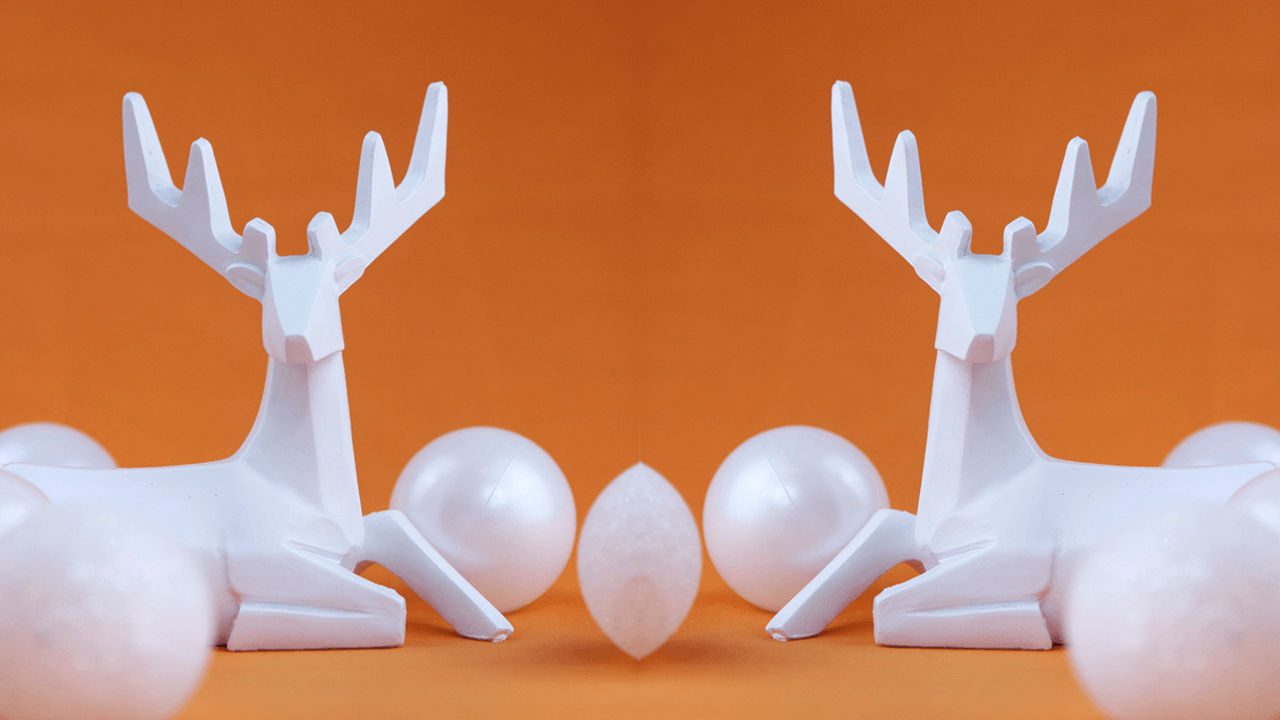
© by styrofoamworld.com
In conclusion,
the science behind Styrofoam's exceptional heat insulation capabilities is rooted in its air-filled, closed-cell structure and low thermal conductivity. Its practical applications range from ensuring optimal building temperatures to preserving the ideal temperature of your morning brew. So, the next time you enjoy a hot drink from a Styrofoam cup, you can appreciate the remarkable science behind its ability to keep things toasty. Cheers to staying warm (or cool) with Styrofoam!

